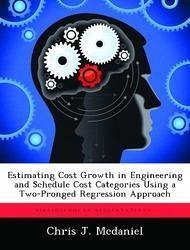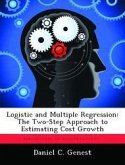Cost growth in major DoD acquisition programs has been commonplace for the last 35 years, and shows no signs of improvement despite the adoption of new business practices legislation. In the current environment where taxpayer dollars are heavily competed for, and the expenditure of those dollars is highly scrutinized, it has become a high priority in Department of Defense leadership to build accurate cost estimates that reduce overruns and restore credibility to the defense acquisition process. Previous research has validated the use of two-pronged logistic and multiple regression approach that offers better predictive ability than the traditional multiple regression approach alone. This research further validates the use of this two-pronged approach by applying it to the engineering and schedule cost growth categories. We update and augment previously collected programmatic data from the Selected Acquisition Reports (SARs) between 1990 and 2001 for programs covering all defense departments, with the latest SAR database (1990-2002). We start the analysis by building logistic regression models to predict whether cost growth will occur. Then we build multiple regression models to predict the extent to which a program will experience cost growth. The response variables for our models are the respective cost growth on procurement-funded efforts in the engineering and schedule cost categories, during the Engineering and Management Development phase of the acquisition process.








